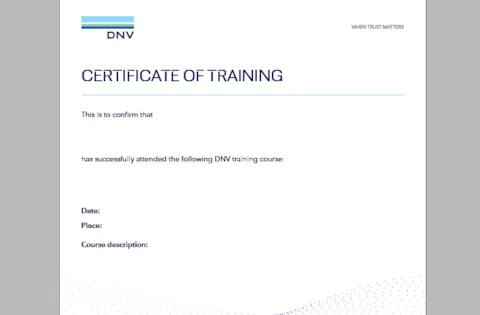SA-07 Safeti for quantitative risk assessment
The course provides extensive guidance on how to use Safeti within the context of QRA
Description
The course provides extensive guidance on how to use Safeti within the context of a Quantitative Risk Assessment (QRA). All the key aspects of the QRA process using Safeti are covered.
Some of the topics included are:
- Hazard Identification
- Frequency estimation and analysis
- Scoping QRA
- Building QRA model in Safeti
- Data collection
- Mitigation and reporting
- Failure case development
- Cost-benefit analyses
In contrast to the standard Safeti training that comprehensively covers software functionality and theory, this course adopts a more practical approach to using Safeti to perform a quantitative risk analysis. You will be required to practise and apply your new knowledge of the software through extensive hands-on workshops. The course is structured around building a basic simplified QRA model.
Learning objectives
Upon completion of this course, you will understand and be able to use the theoretical and practical aspects of Safeti to build a QRA model of a hazardous facility. You will learn how to identify hazards, divide these into logical isolatable sections, develop representative failure cases based on these using the “methodical leak/rupture” approach, and acquire all the background data necessary to build a QRA in Safeti.
Target group
Users who need to carry out QRA in the process industries using Phast (process hazard analysis) and Safeti. Participants are likely to be from regulatory authorities, insurance industry, engineering contractors and consultants.


